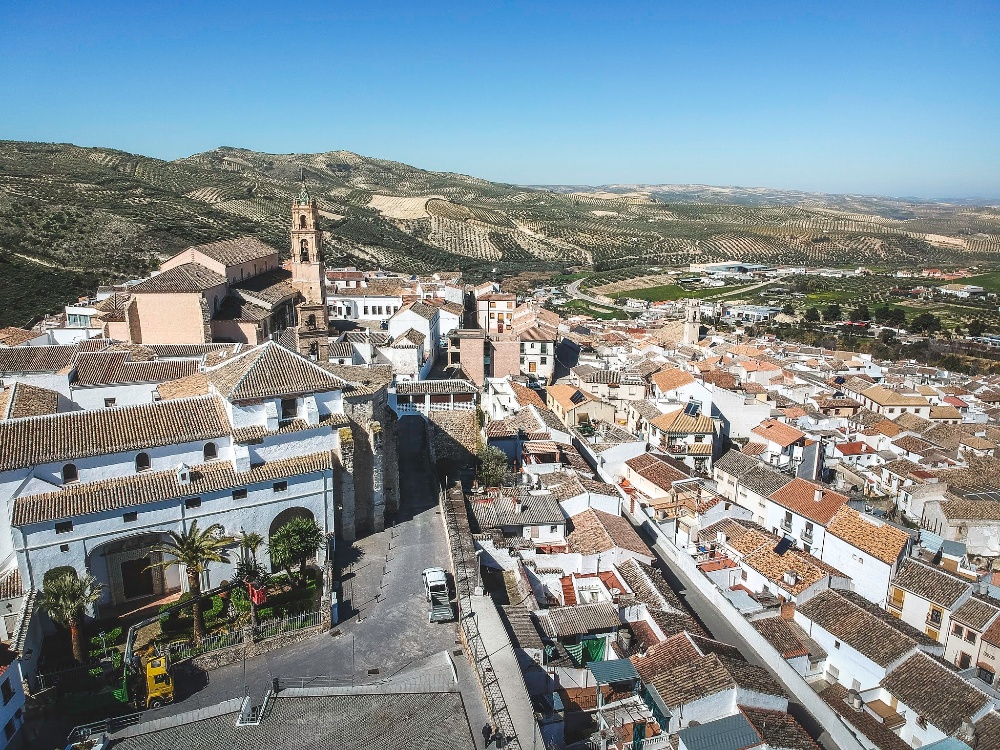
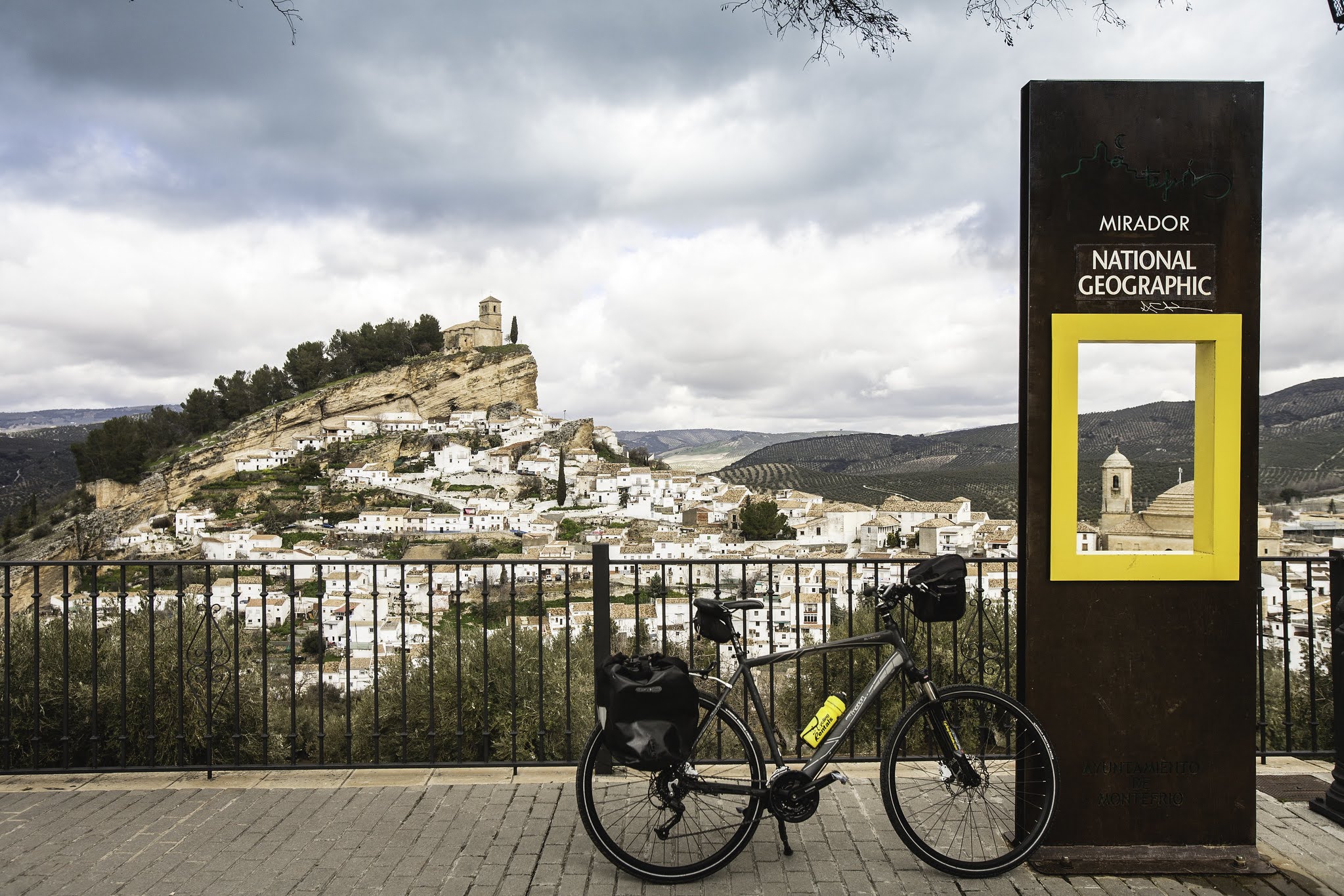
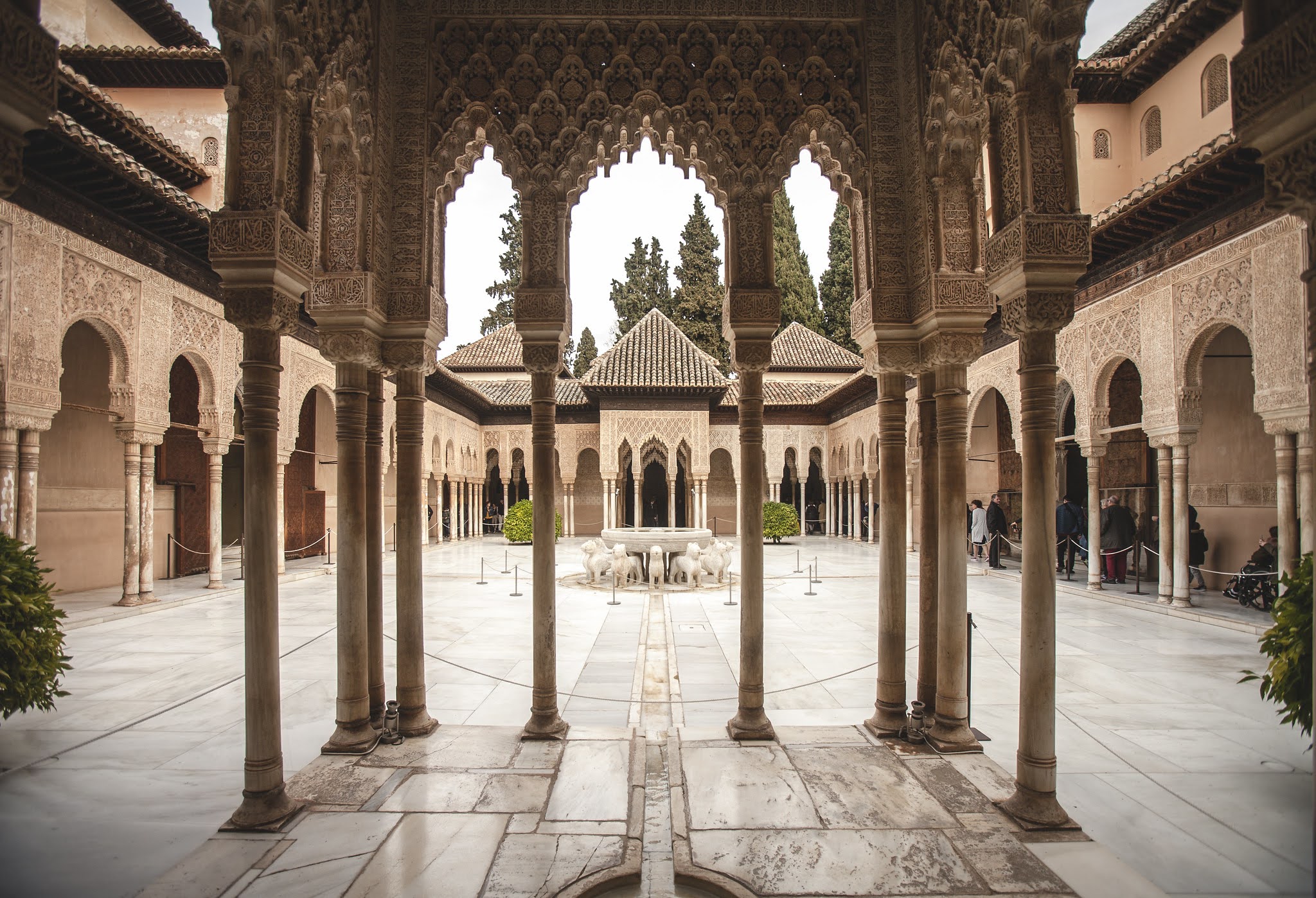
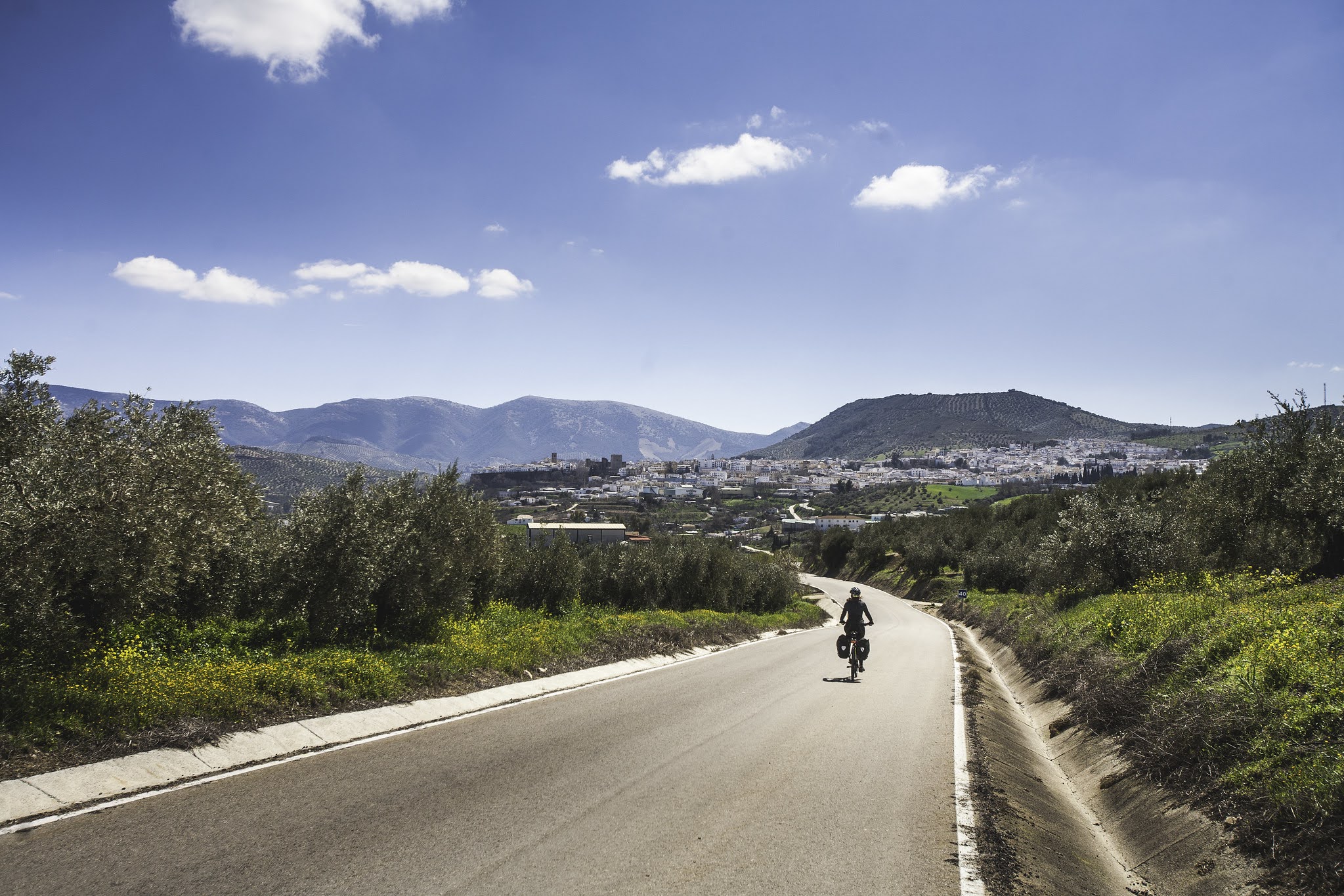
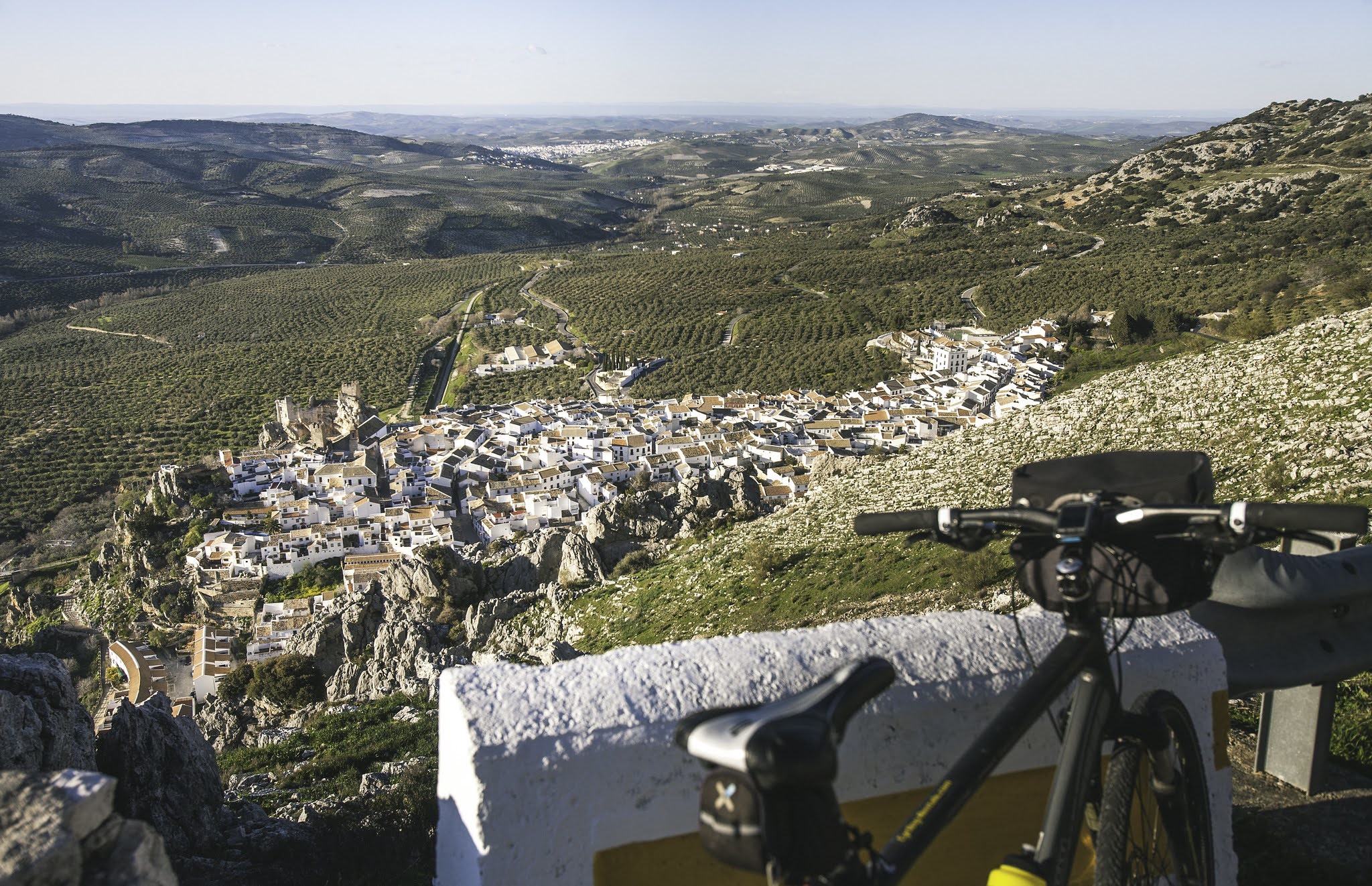
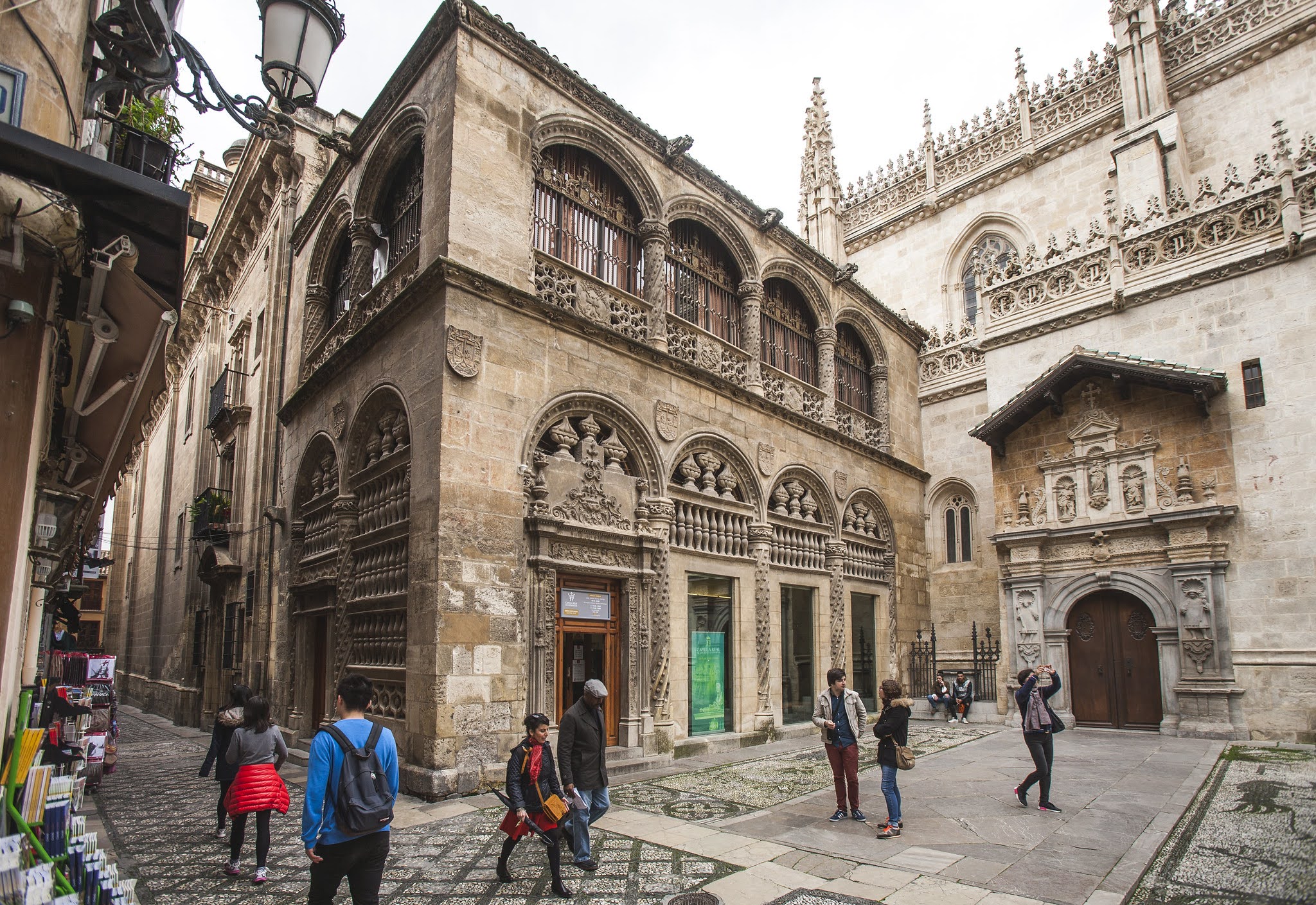
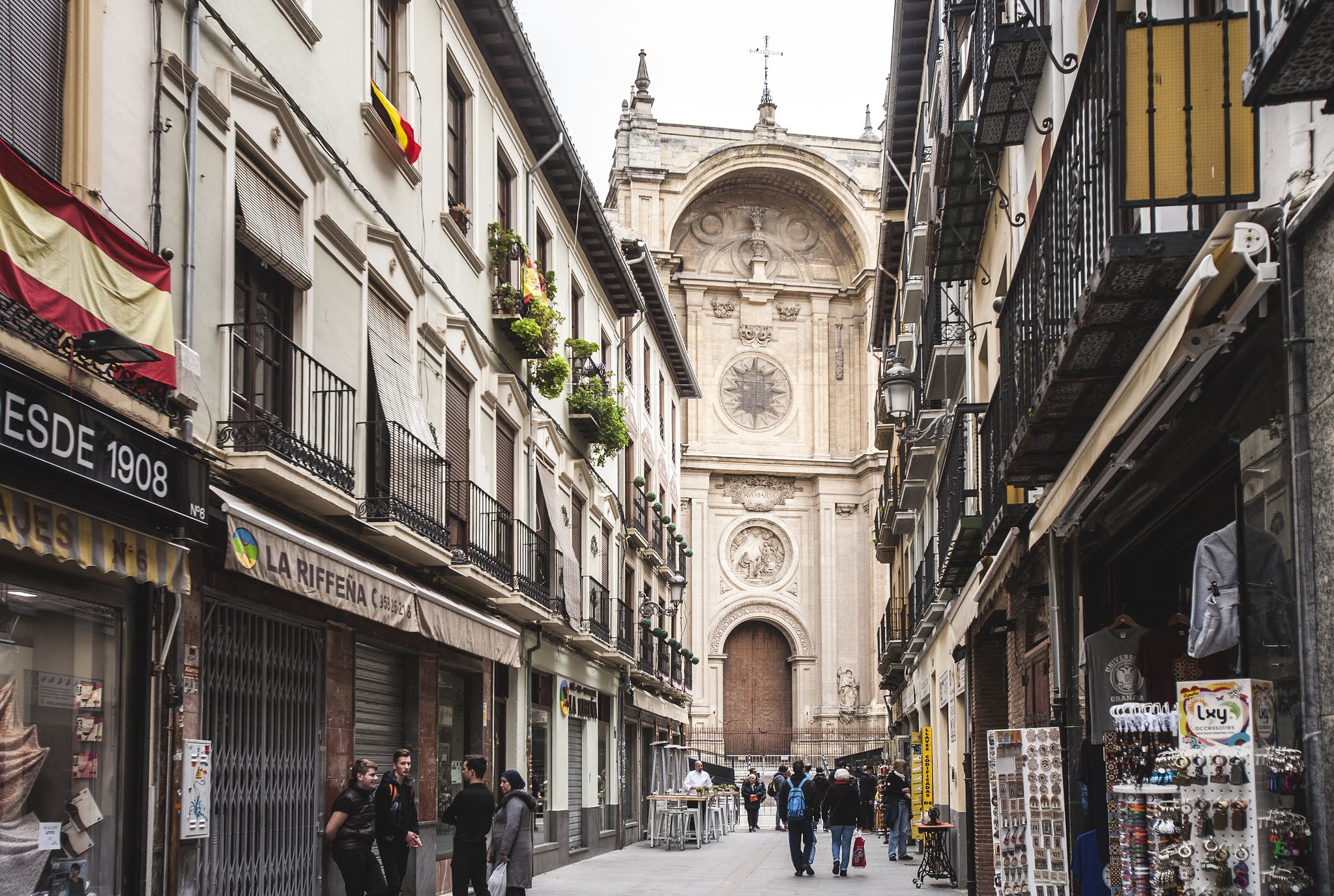
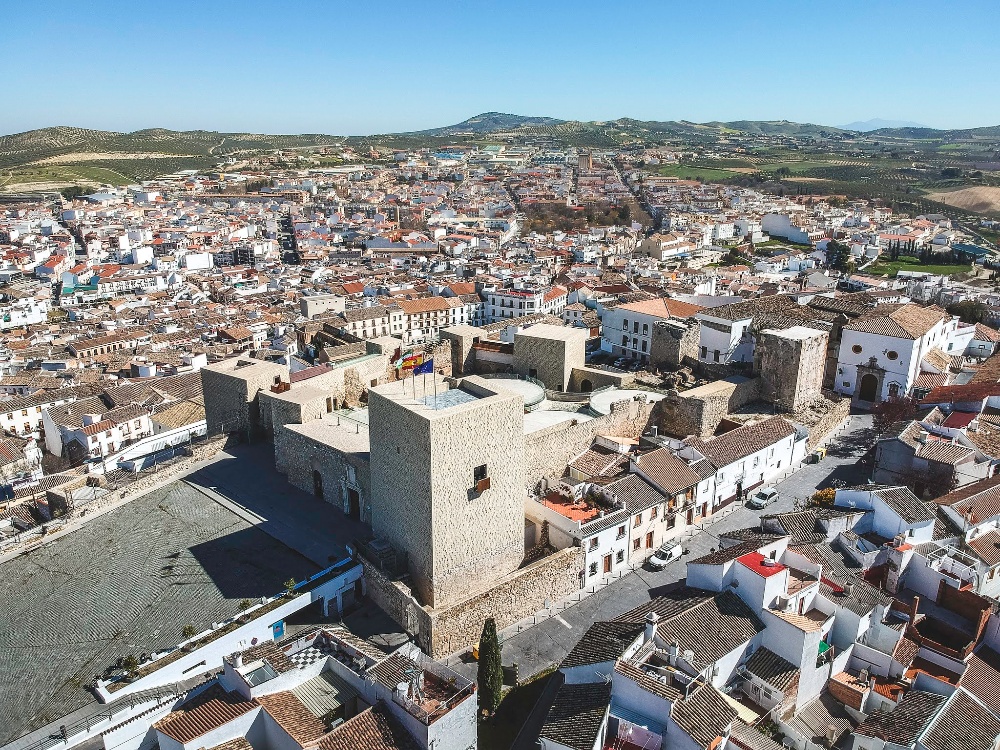
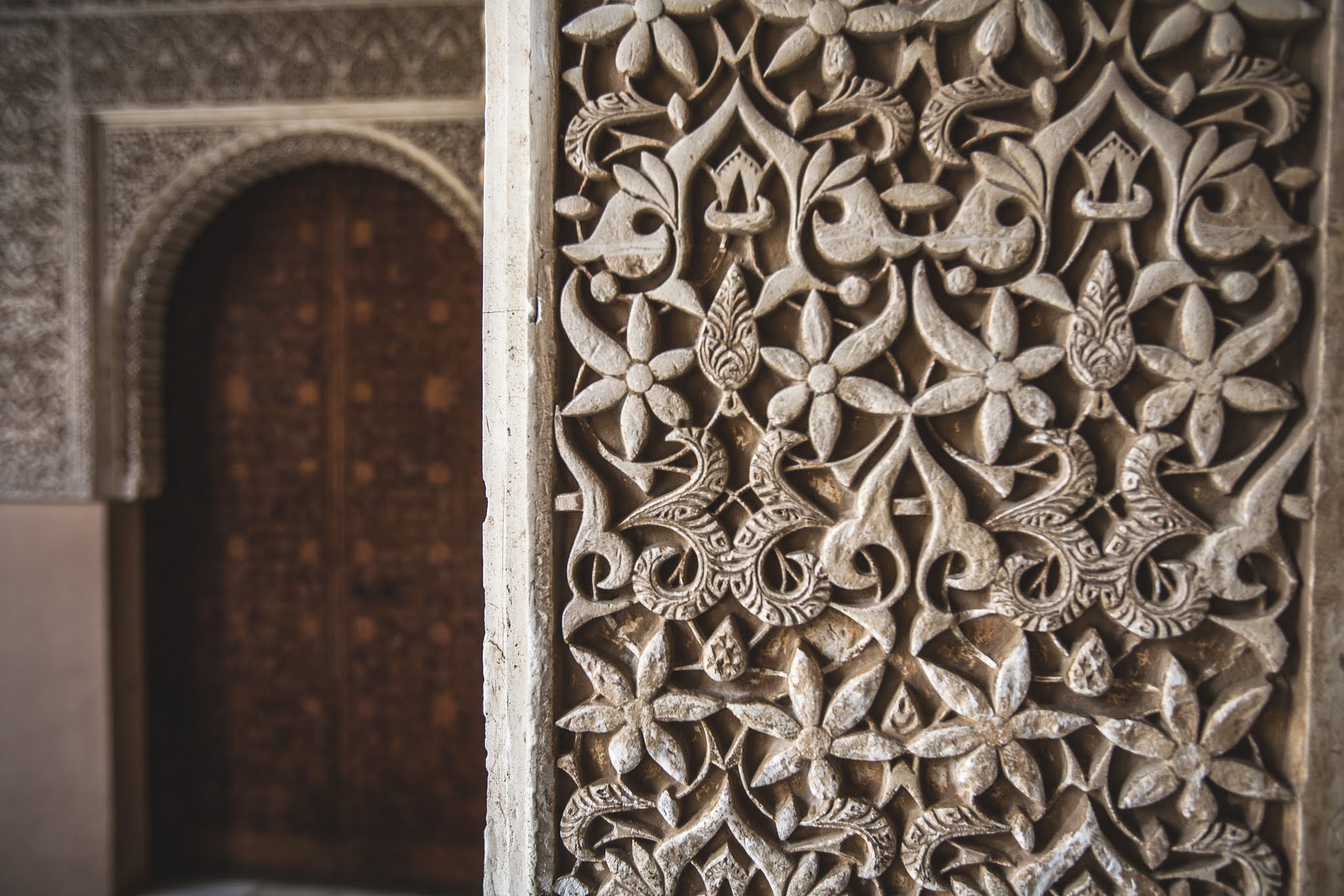
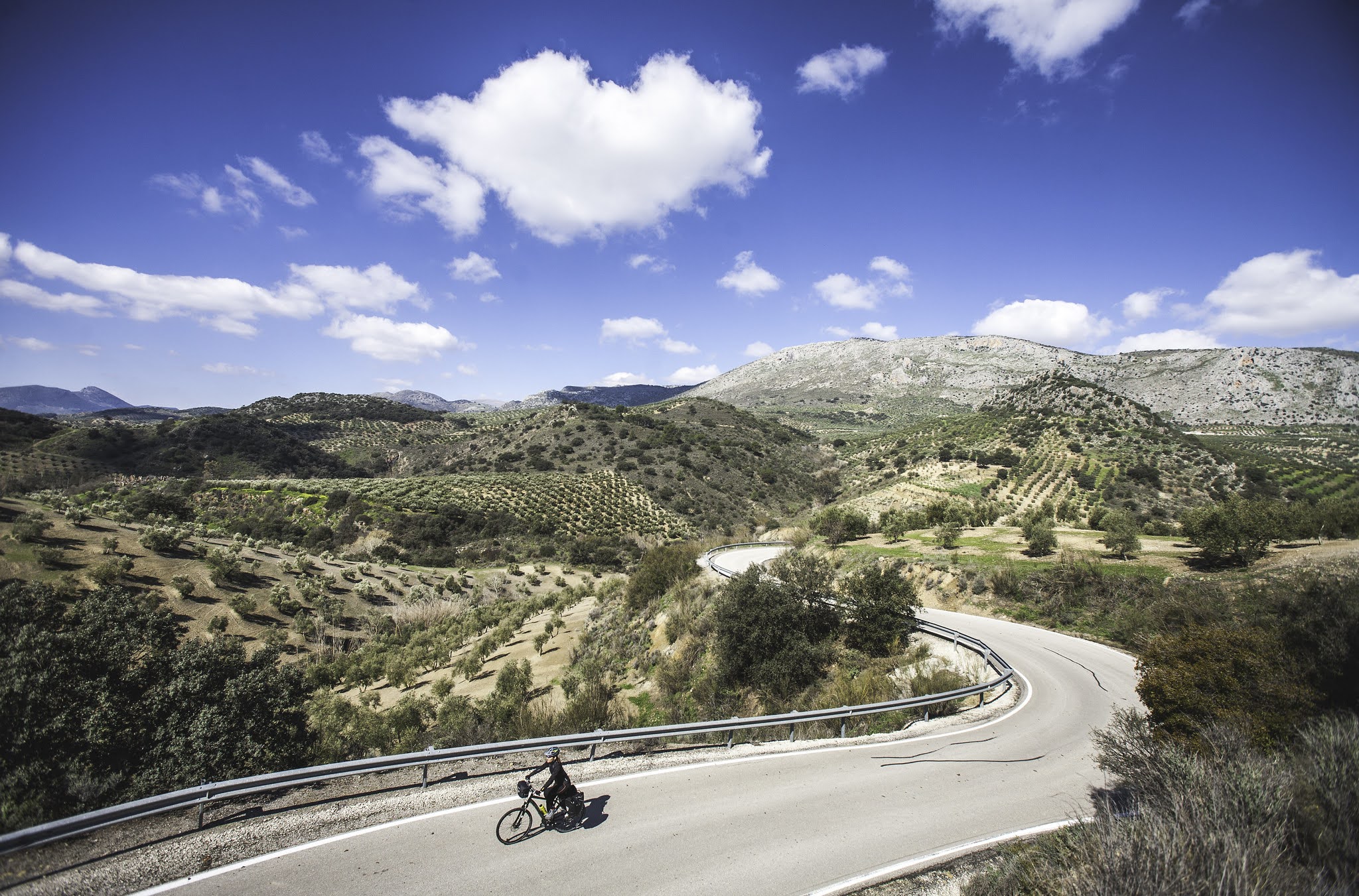
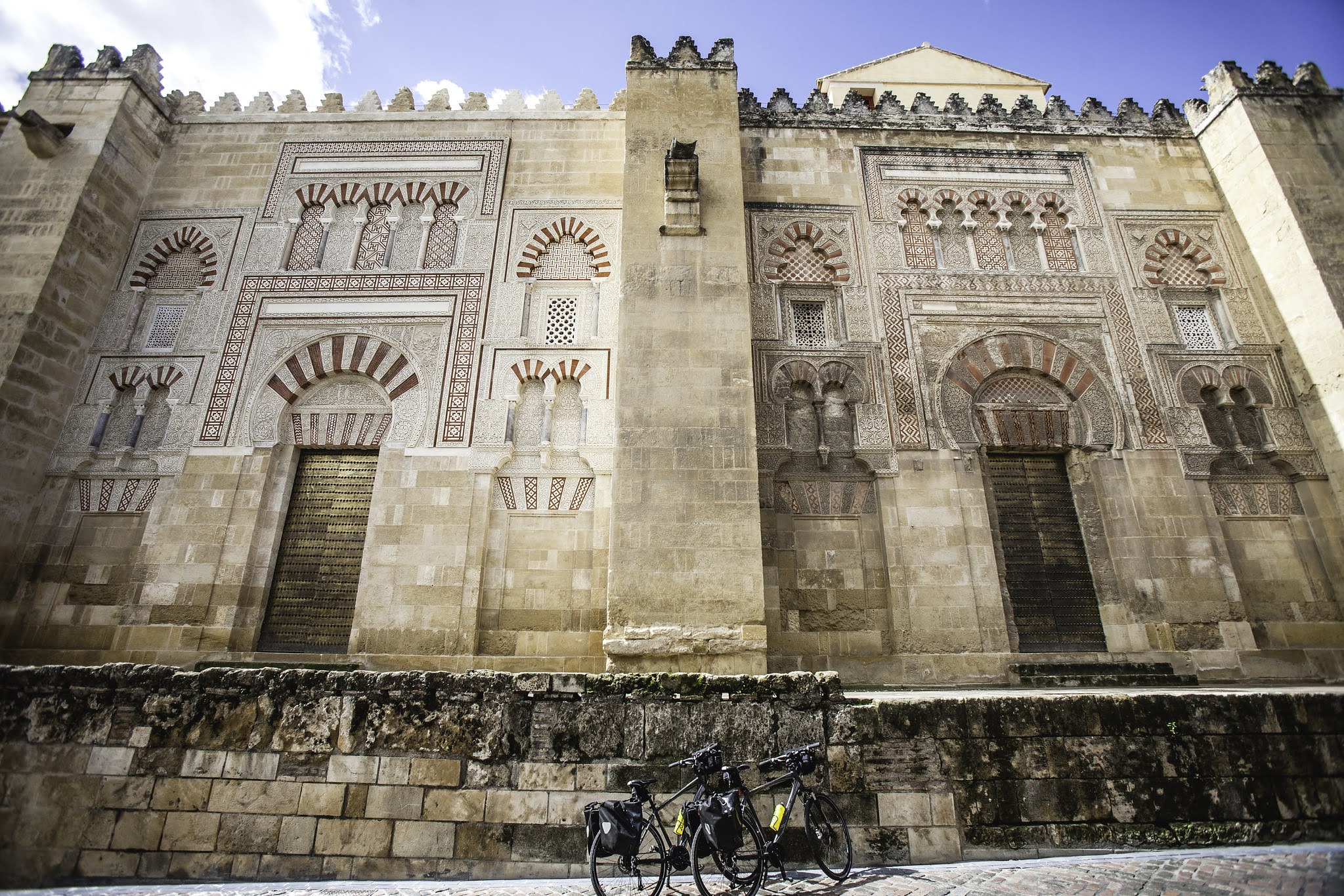
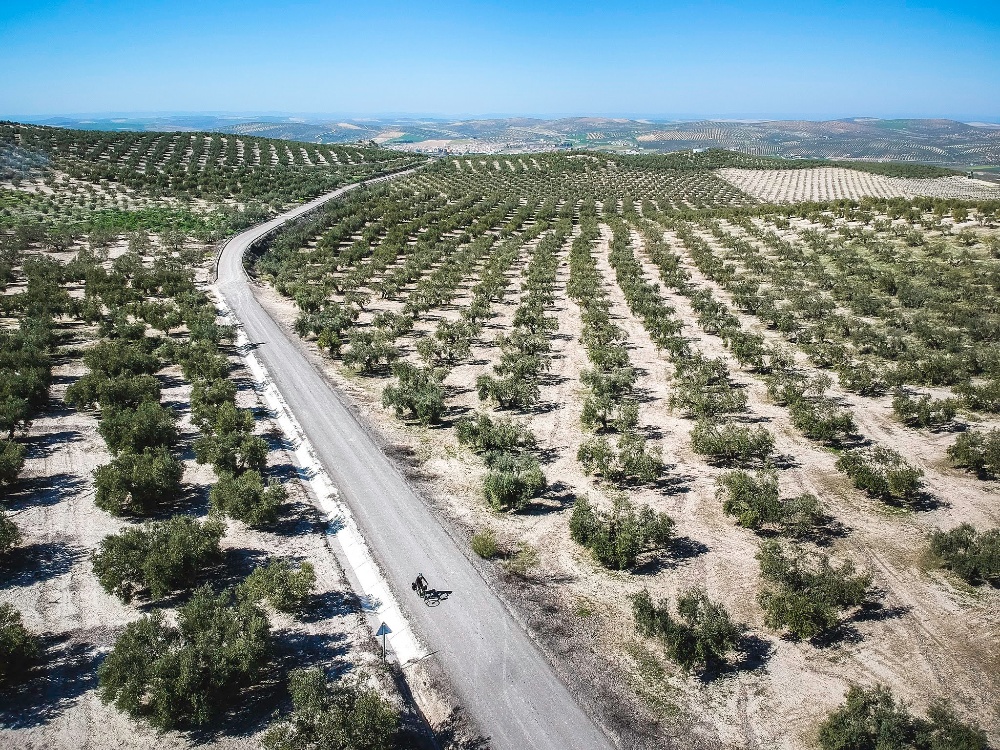
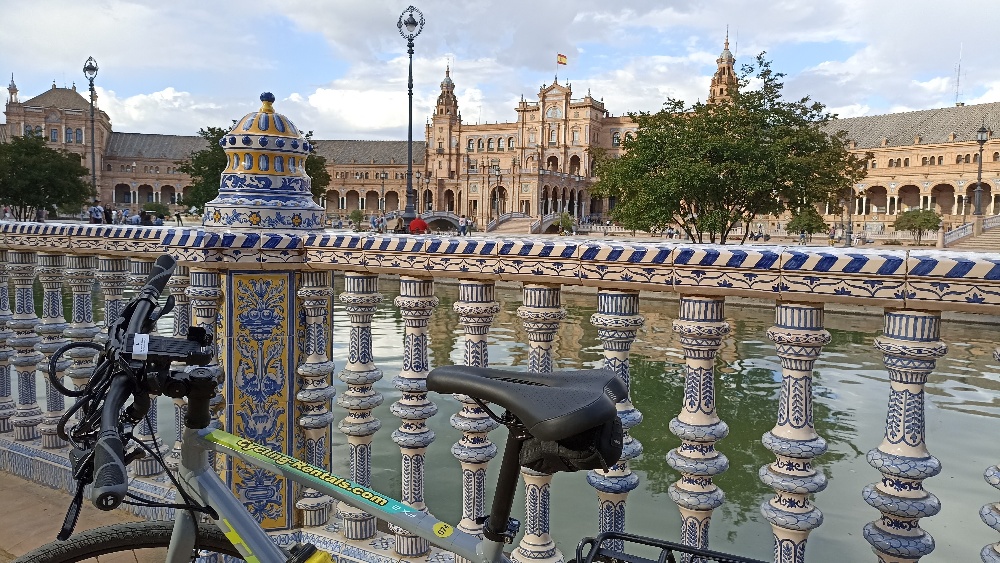
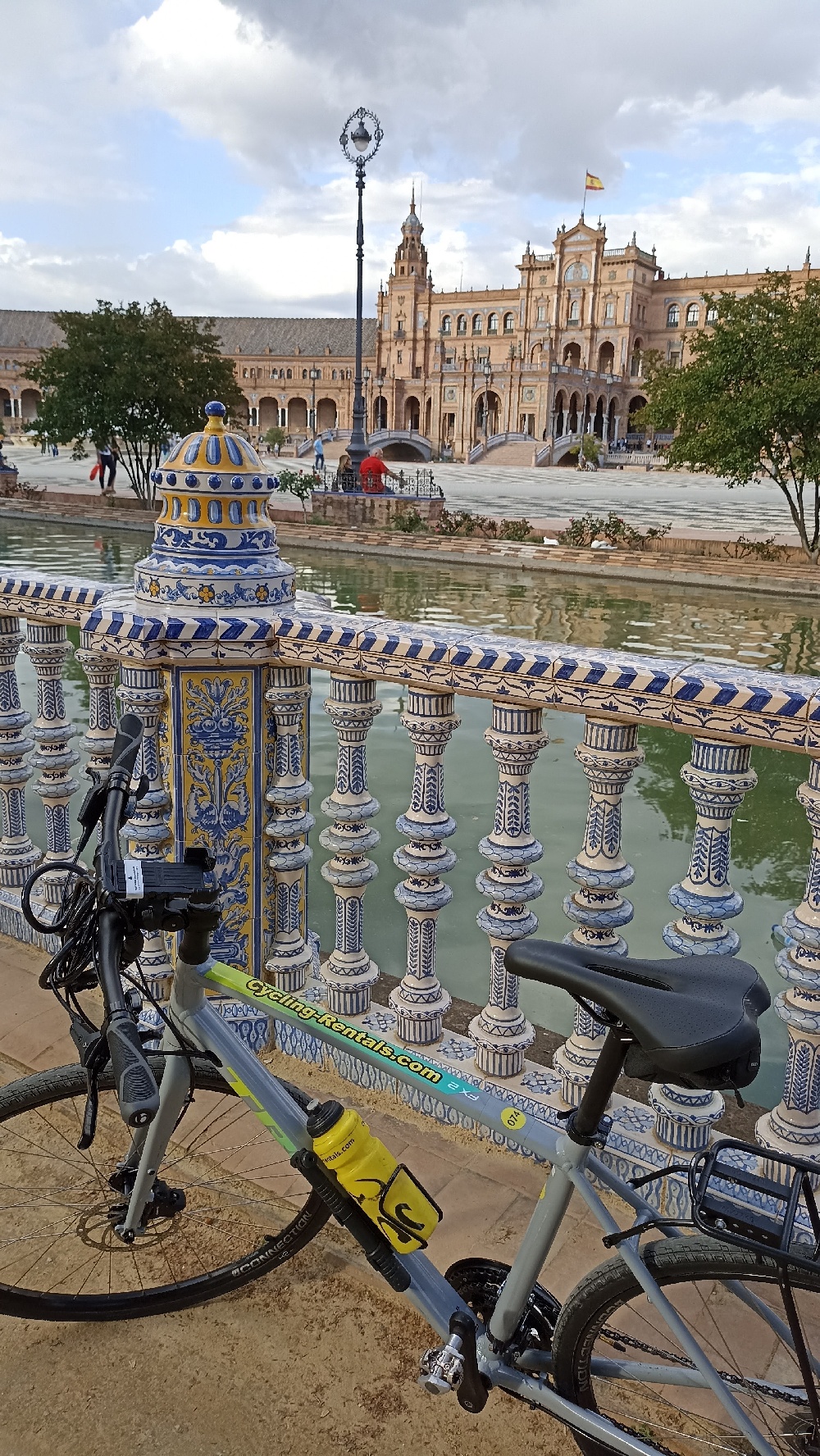
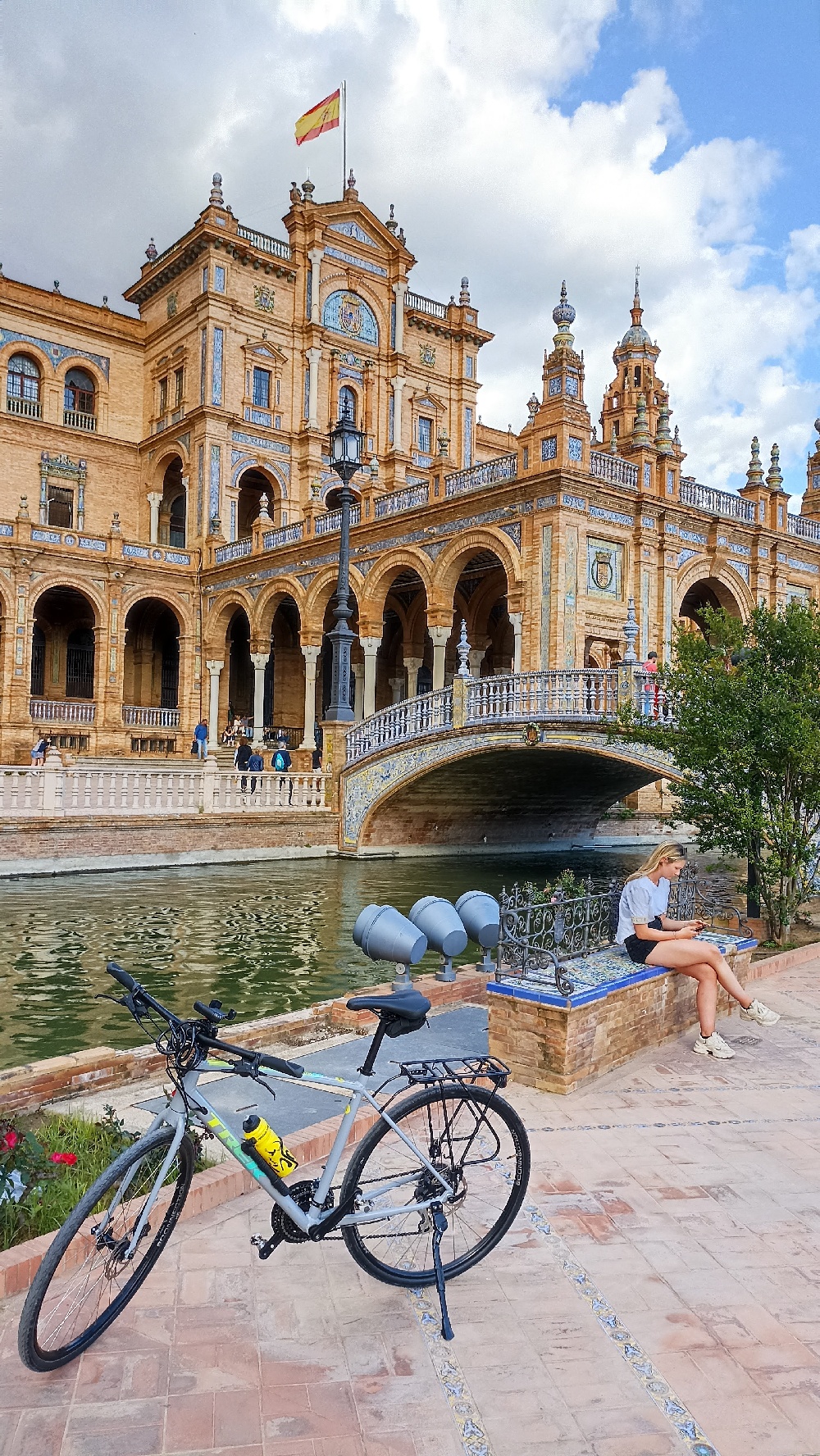
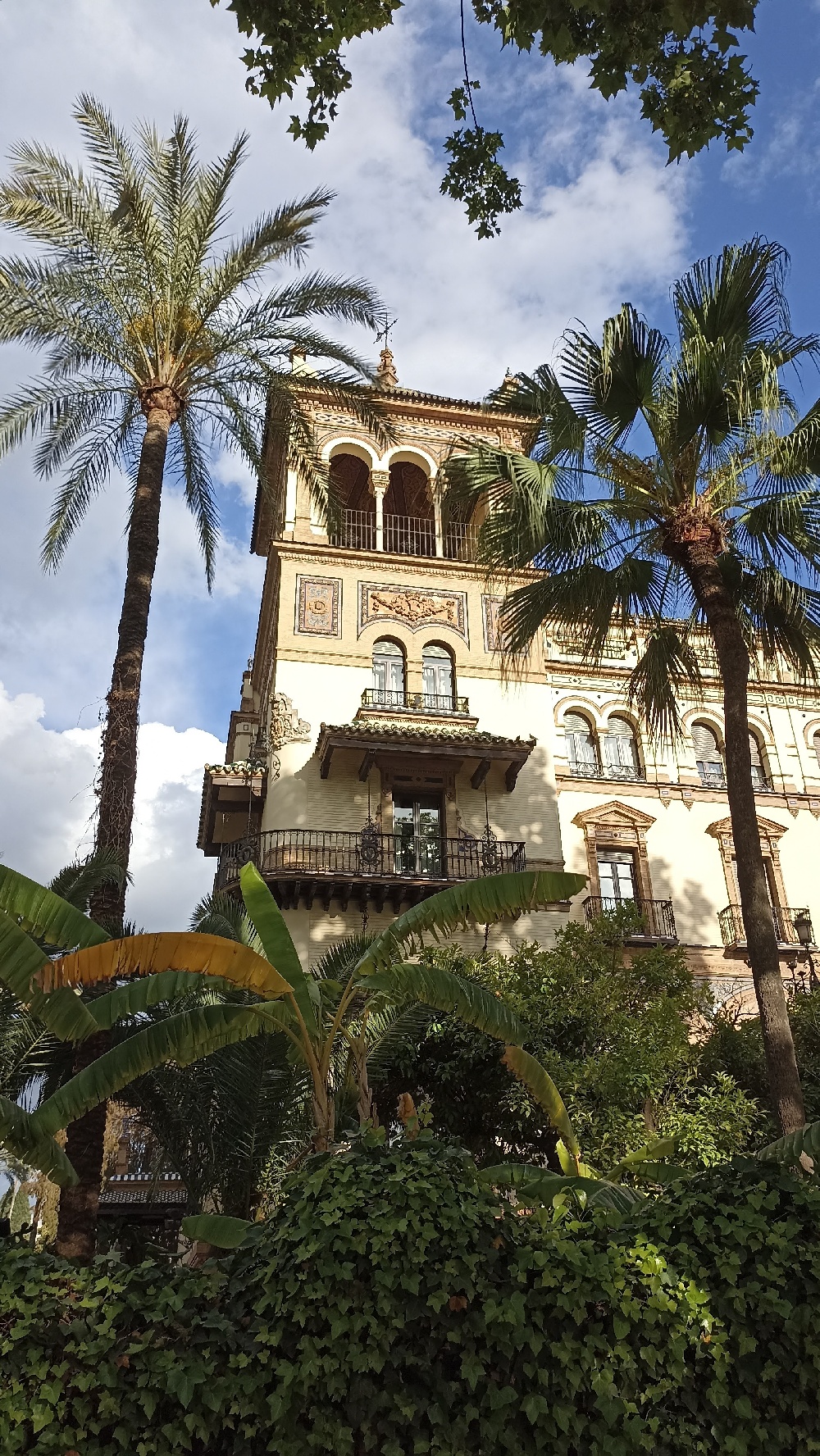
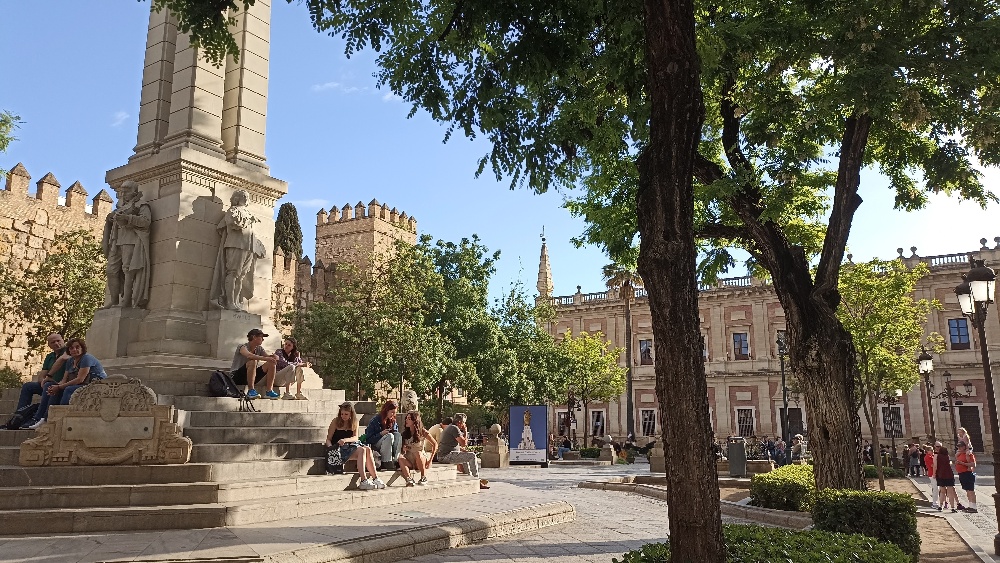
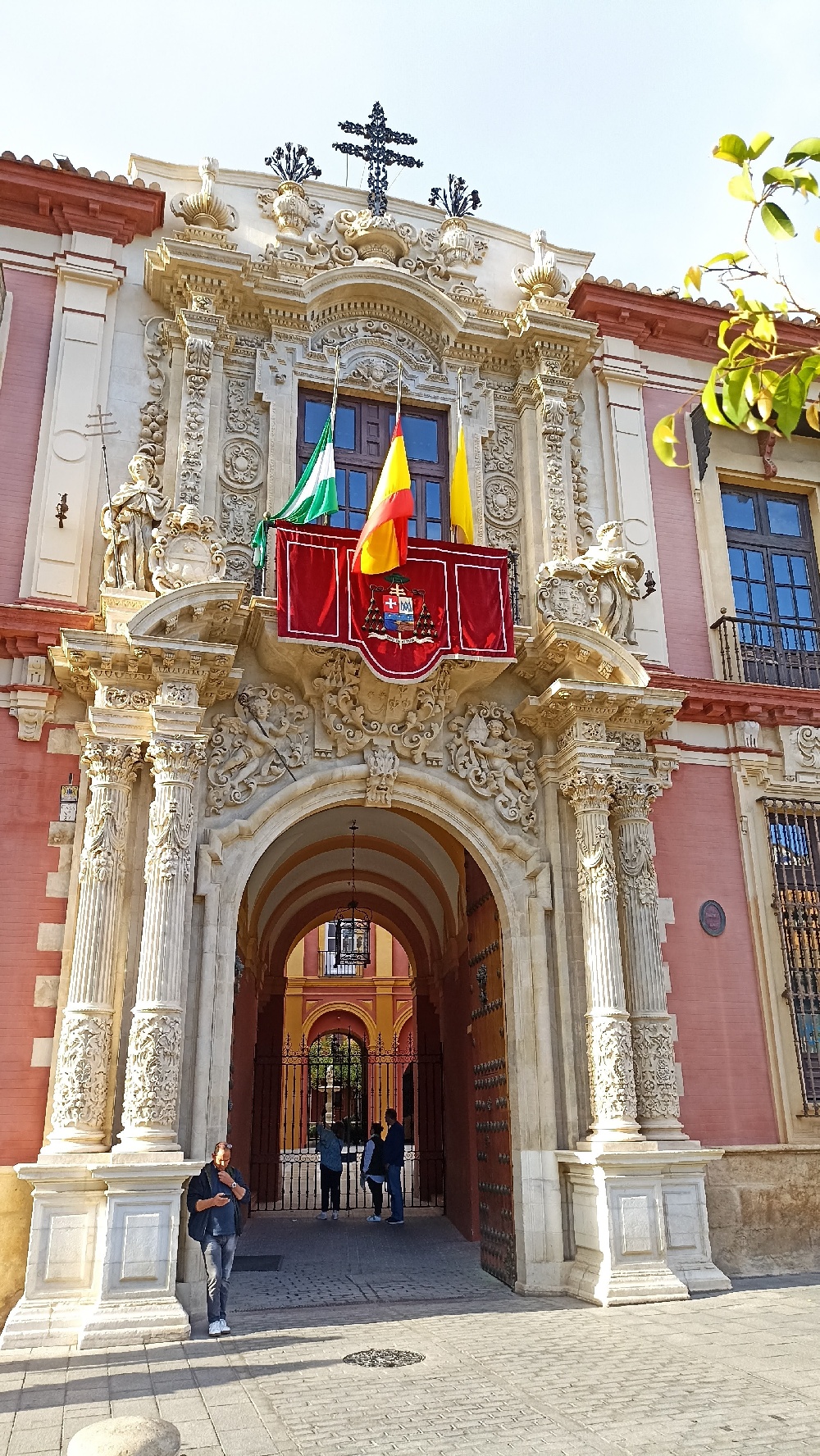
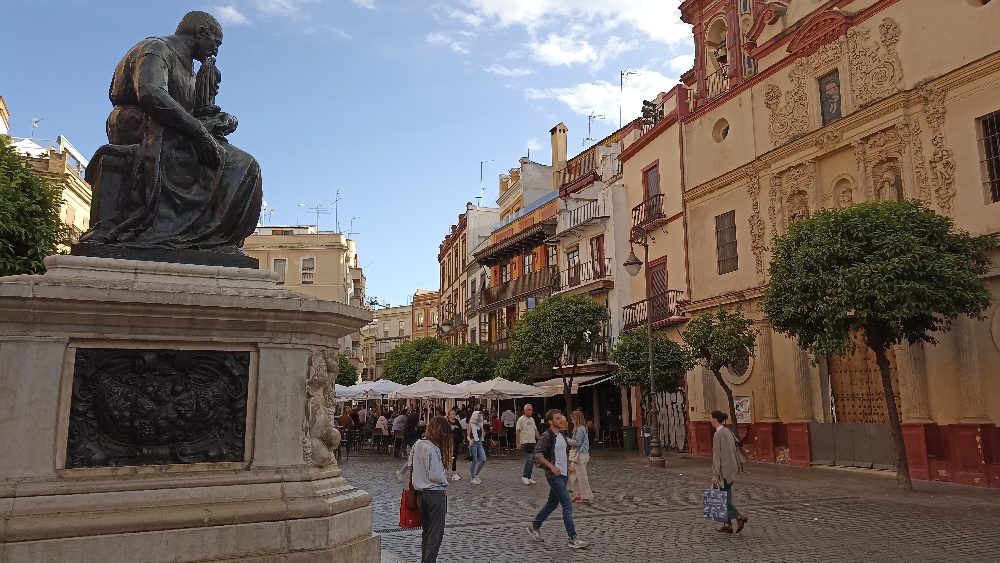
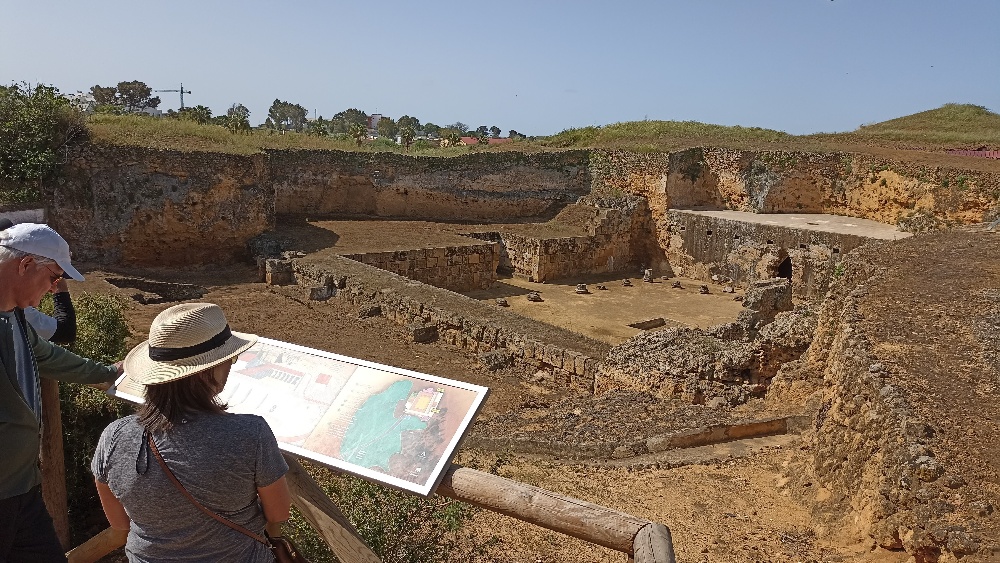
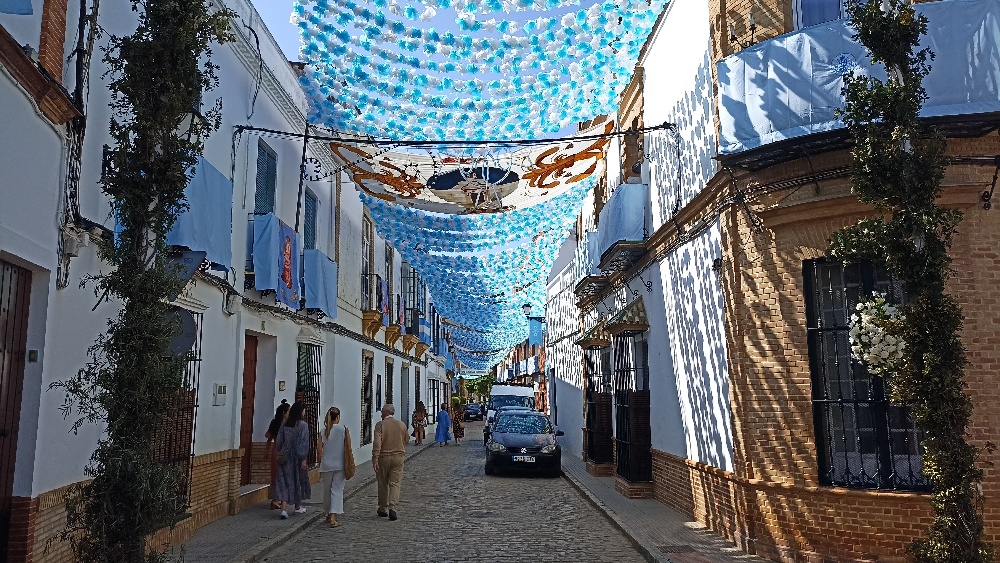
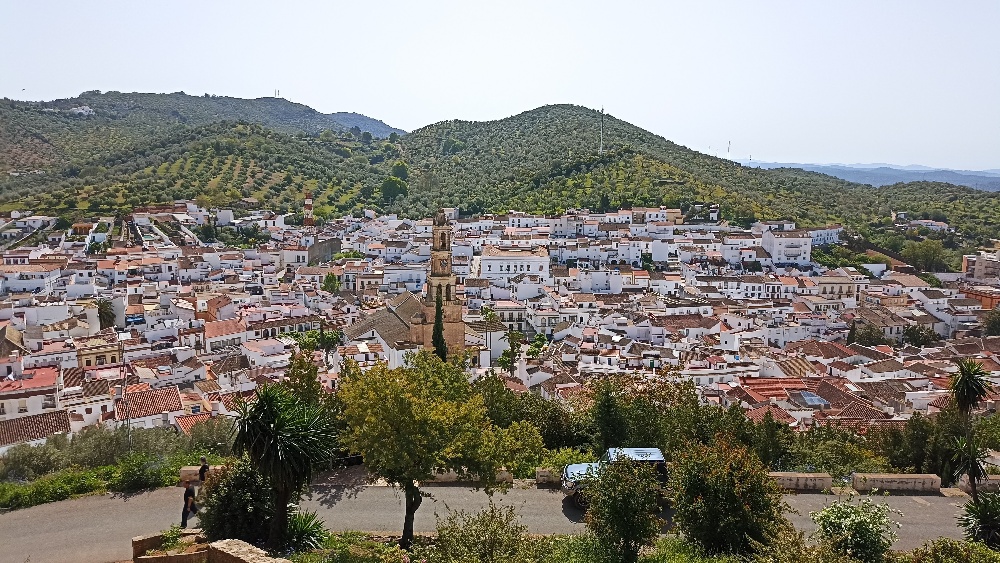
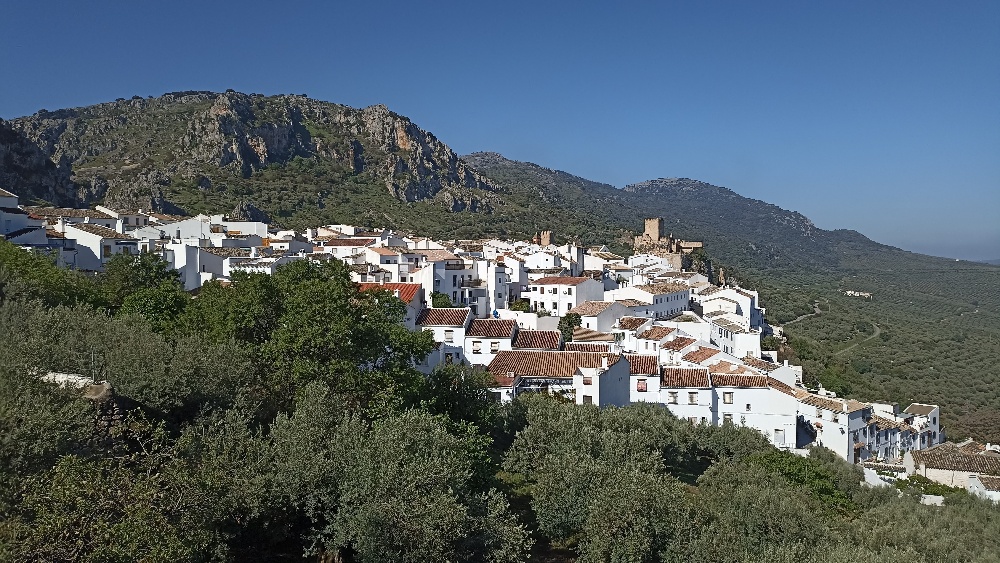
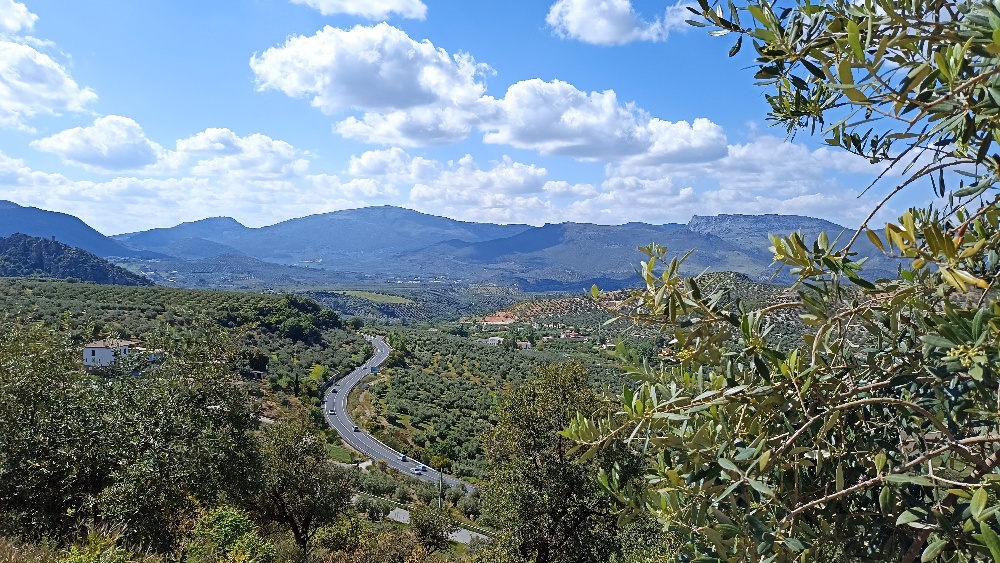
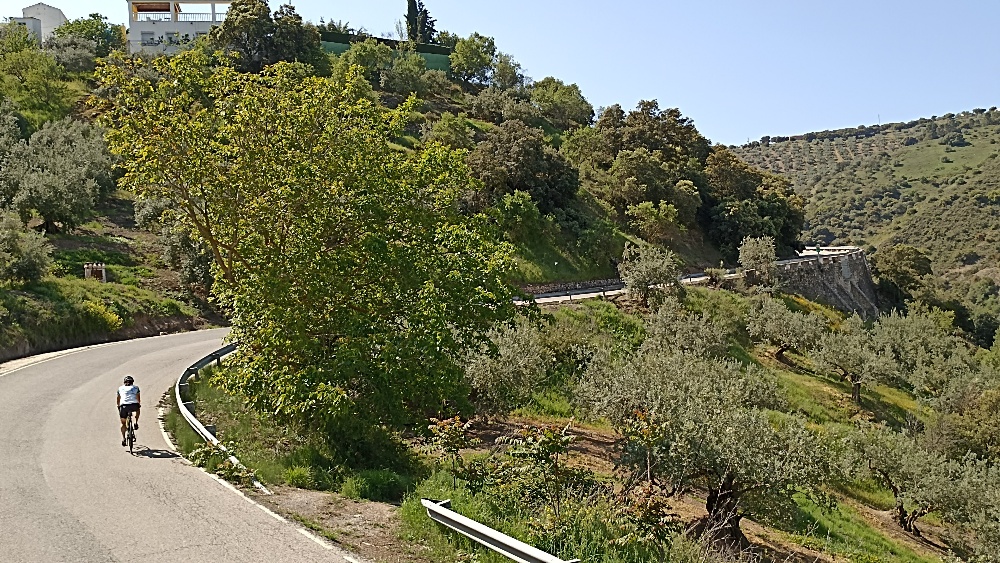
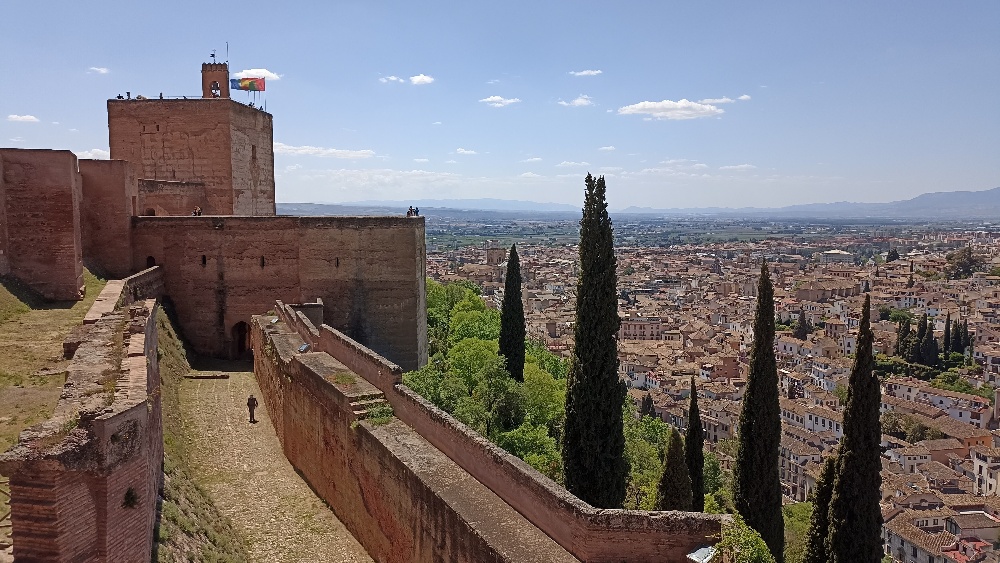
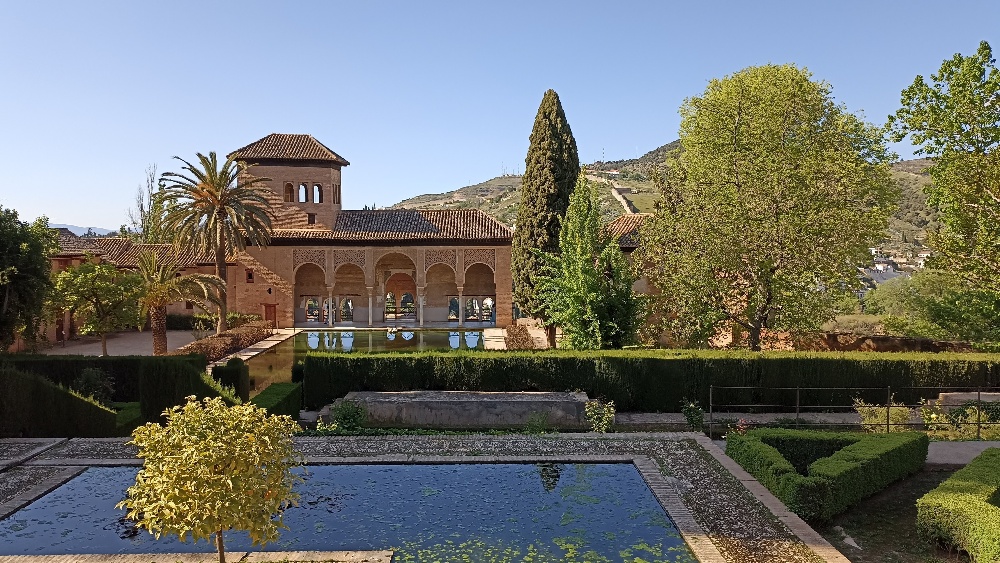
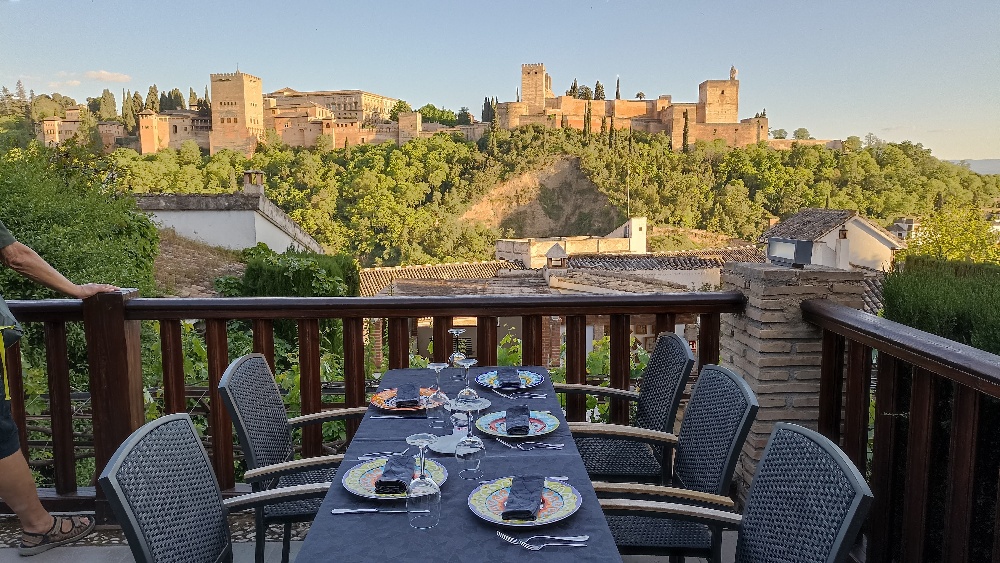
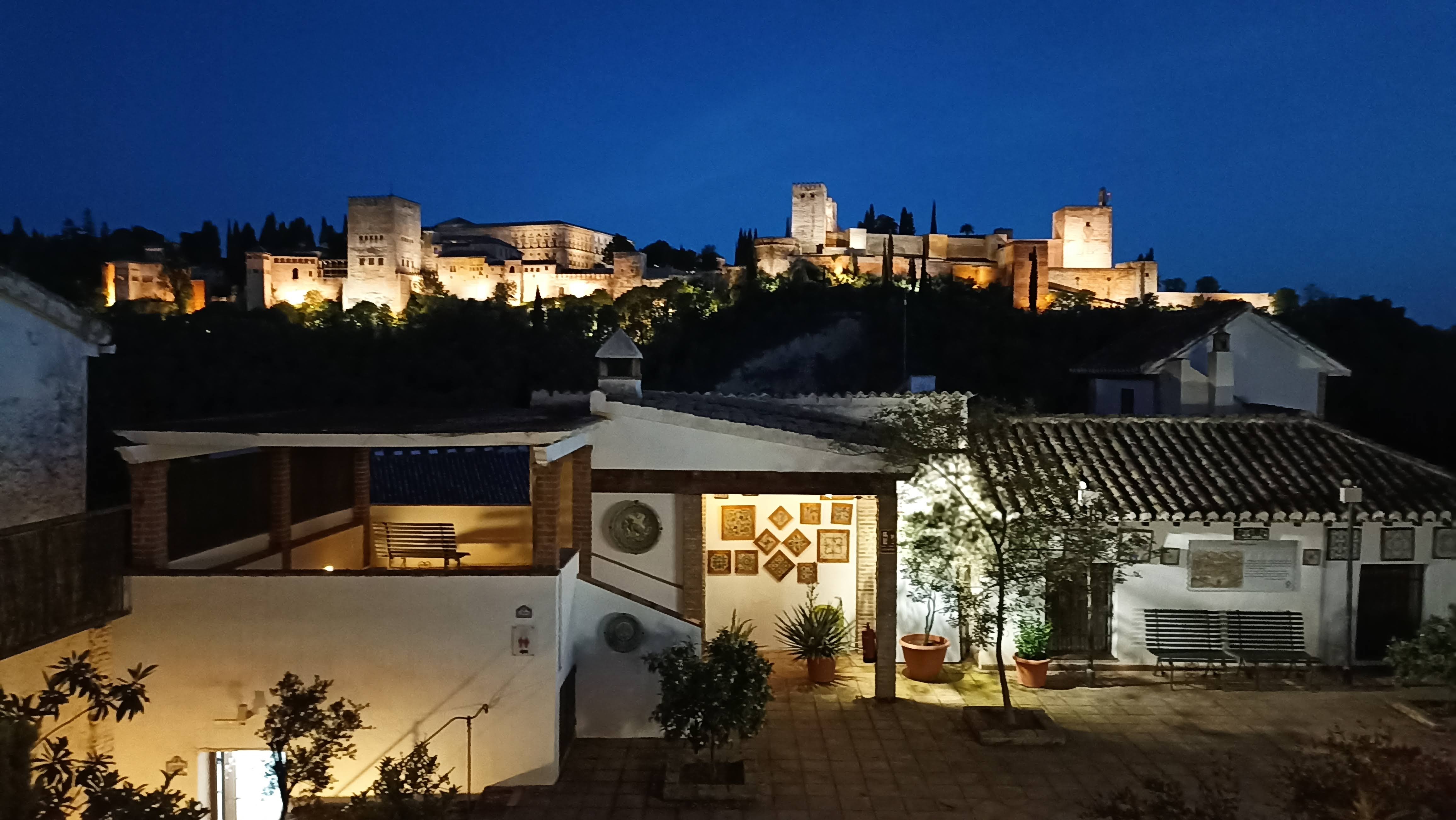
Day 1—SEVILLA
Where to start? Believe it or not, Sevilla is truly everything you’ve ever read about colourful, dramatic, exciting, beautiful Spain! It encapsulates everyone’s corniest ideas about Spain. My earliest impressions of Spain were formed from Munro Leaf’s wonderful ink drawings in his timeless book Ferdinand the Bull and by watching the opera Carmen when I was still pretty young. Well, they weren’t far off the mark when it comes to Sevilla! The city is dramatic, alive, colourful, and passionate. The women really do wear their mantillas and their flamenco dresses but usually only in religious processions and during fiestas. The city throbs with a life of its own and so do the Sevillanas! Enjoy a free evening with dinner or tapas.
Day 2—CARMONA
Meet in your hotel lobby for your 10am pick up from Seville and we transfer 31km/19m slightly NE to the walled village of Carmona.
On our transfer, we'll visit a Roman cemetery located just outside the walls of Carmona. This Roman Necropolis, discovered in 1881, is located close to the town of Carmona, beside the Seville road, and contains more than nine hundred family tombs dating from the second century BC to the fourth century AD. Enclosed in subterranean chambers hewn from the rock, the tombs are often frescoed and contain a series of niches in which many of the funeral urns remain intact. Some of the larger tombs have vestibules with stone benches for funeral banquets (so jolly) and several retain carved family emblems! Carmona is one of the oldest towns in Europe. Its name is of Semitic origin, 'Kar'meaning 'city', and is explained by its probable Phoenician foundation. The Romans called it 'Carmo', and the Moors 'Qarmuna'. In 206 AD. Carmona was conquered by the Roman Empire, becoming one of the most important urban centers of the region and so was surrounded by a walled enclosure. The haunting Roman Necropolis just outside of town attests to their presence.
+/- 5:00: Bike Fittings in hotel courtyard
7:30: Meet in the downstairs lounge for a Welcome Sherry.
8:00: WELCOME DINNER at our Parador - Excellent, imaginative, Andaluz cuisine.
Night's Accommodation: Parador de Carmona
Day Three— CARMONA (50km / 31m)
Today you cross La Campiña (the Andalusian Plain) also known as the "frying pan", with good reason in mid-August! Springtime is delightful, however. Poppies splash crimson over the verges and crops stretch away in a sea of green. The area is sparsely settled with huge estates on either side of the road. It gives an i dea of Andalucía's agricultural wealth. Grain crops flourish and - here and there - fighting bulls, too. In fact, it was in the fields around Palma del Rio that El Cordobes, Spain's most famous and controversial bullfighter, used to creep out on moonlit nights to practice fighting the bulls. He was born into a poor family i n Palma del Rio. The ride will be mostly flat with only a few low hills. LUNCH – In Palma del Rio at Casa Manolo.
Palma de Rio, your night's destination, has a name derived from the Arab word balma (palm) due to the large quantity of palm trees that existed i n the area at one time. Now, it's orange trees - the first orange trees i n America came from here! The town i s Moorish i n origin and was conquered by the Christians i n 1241.
Tonight you’ll be guests at the Hospedaria San Francisco, Ave. Pio XII, 35 - This was a Franciscan monastery who’s construction dates from 1492, the year of the discovery of America, under the orders of the VII Lord of Palma del Rio. Much later, monks from this monastery went to California on Brother Junipero Serra's expedition, where they founded numerous cities such as San Francisco, Santa Barbara and Los Angeles. Furthermore, as the 18th Century fresco on the entrance depicts, they brought numerous fruits to these new lands, including Palma del Rio's oranges. In the 19th Century, the monastery passed to the secular hands of the Moreno de Cova family who restored the monastery. Then, in the middle of the 20th Century, it was fitted out and converted into a hotel, with the building's original architecture being fully respected.A 16thC monastery converted to an inn. Many of the Spanish priests (including the recently canonized Frey Junípero Serra) who went to California as missionaries, were from this monastery. Many of the rooms have the names of different Californian missions. Night's Accommodation: Hotel Monasterio San Francisco
Day Four — PALMA DEL RIO – CÓRDOBA (69km / 43m)
Today's ride follows the life-giving Guadalquivir River, known to the Moors as Wadi al-Kabir, the Great River. This river neatly divides the province of Córdoba between the sierras to the north and the campiña (plains) to the south. It also served as the boundary between Christian and Moorish Spain for centuries, hence the ruins of many castles and fortresses that you'll see all through this part of Andalusia. Most of the ride will be l ow-rolling hills punctuated with flat stretches through farmlands.
On your way you'll have a lunch detour to Almodóvar del Rio, a little town that once belonged to the Order of Calatrava, is completely dominated by its very grand, very austere castle perched on a hill above the town. The castle, built in the 8thC, originally was Moorish and has been restored and added on to several times since. The mysterious Opus Dei branch of the Catholic Church now owns it. It was also a filming l ocation for the popular season 7 of TV series Game of Thrones. LUNCH – Lunch will be just below the castle at Asador el Campero with a lovely terrace looking up to the castle, enjoy a tasty bocadillo!
Your home for the next two nights – Cordoba was at one time, one the greatest seats of learning in the world. A settlement existed here on the banks of the Guadalquivir in early times. Córdoba's name is believed to come from Kartuba, Phoenician for "rich and precious city." You’ll be staying in the very comfortable Hotel Eurostars Patios de Cordoba, within easy walking distance of all of the sights. Tonight we will enjoy a group Dinner. Night's Accommodation: Hotel Eurostars Patios de Cordoba
Day Five—Visit to the Great Mezquita (Mosque) & Patios!
9:40am – Meet in the Hotel lobby to walk to the Mezquita
10am - The Great Mosque ( Mezquita ). One of the wonders of the world and a Moorish masterpiece – the only medieval mosque in existence. It’s difficult to find words to describe this incredibly beautiful, mysterious place of worship. History states that is was started in the 8 th C on the site of a Visigoth church, which in turn had been built on the site on a Roman temple dedicated to the god, Janus.
Optional Afternoon Kayaking (2hrs)
2:30pm – Meet in your hotel lobby for an afternoon kayaking on the Guadalquivir river through Cordoba. You'll be afforded an exceptional view of this city and be guided through some of it's history whilst paddling the calm waters of the Guadaliquivir. 2 hours duration, 15 minute walk from the hotel. Enjoy dinner with a free evening. Night's Accommodation: Hotel Eurostars Patios de Cordoba
Day Six—CÓRDOBA - ZUHEROS (77km / 48m)
This ride has a sort of feudal air about it with castles in the distance, vast surrounding vineyards of the Montilla-Moriles wine country (a sherry-like wine famous throughout Spain and hardly known outside) and a never-ending sea of olive groves. Olive trees were brought to Spain by the Greeks in the 1 st millennium and later, under the Romans, the oil produced in the Iberian Peninsula became the finest, most expensive in the Empire. Nowadays, Spain produces and consumes the most olive oil in the world. The olive groves that you’ll see today produce the most famous olive oil in Spain; even the air smells of it. In the afternoon we will stop in Baena and visit the renowned Nuñez de Prado Oil Mill.
The Nuñez de Prado olive mill which has been i n the Nuñez de Prado family since 1795. This charming mill, through a l aborious process of stone-crushing the olives and then extracting only the flower of the oil, produces a delicious oil used only for eating and not for cooking (although a wonderful cooking oil i s also produced). Often one of the Nuñez de Prado brothers will explain exactly how i t’s done. The olive oil from here has been rated the best in the world by several of Europe's top food journals. Personally, I can say I’ve had none better! LUNCH - Picnic (weather permitting) in the park in Castro del Rio Finally, it’s time to head to your night's destination, the beautiful white washed town of Zuheros. 8:00 - Group dinnr at our charming hotel. Night's Accommodation: Hotel Zuhayra
Day Seven—ZUHEROS - PRIEGO DE CÓRDOBA (27k / 18m)
Before heading out on our short ride to Priego de Córdoba we’ll walk up the hill for .5k to the Iberfauna Animal Sanctuary - a center of environmental education for the Subbetica region. Here you can see species of Iberian fauna such as the Iberian wolf, fox, l ynx, roe deer, owls and also visit the sanctuary’s farm. The tour is totally guided by a specialized monitor and lasts approximately 1.5 – 2 hours. LUNCH - Light lunch in Zuheros by the Castle before biking.
After our visit to the Iberfauna we ride south following the edge of the wild National Park of the Sierra Subbética -a remote unspoiled region of the southern Córdoba Province. The most characteristic feature of this semi-mountainous region is the beautiful karstic shape of the limestone rock. The vegetation is typically Mediterranean, rich in oak and Iberian maple. Wild flowers such as irises, peonies, narcissi and orchids abound. Birds to look out for are Hoopoes, Bee-Eaters, Cuckoos and Partridges. There are, also, a lot of birds of prey such as falcons, eagles, owls and vultures. Night's Accommodation: Hotel Patria Chica
Day 8—PRIEGO DE CÓRDOBA - MONTEFRÍO (Granada) (44km / 27m)
This ride takes us through the very wild and sparsely inhabited area of the northern Granada Province. Many of our participants consider this the most beautiful ride of the tour. There will be almost no traffic and the scenery is glorious, however, it may also be the toughest ride of the tour. The countryside, still part of the Sierras Subbéticas, will have all of the characteristics of yesterday's ride for a while, until it gradually gives way to olive groves - lots of them. You'll ride to Montefrio, a spectacularly situated town, it sits between 2 rocky outcrops each topped with a church. This area is ancient and has been in continual use since the stone-age, as attested to by the many tombs and caves with paintings and carvings found in the vicinity. Here we’ll meet our transfer for Granada at Jomy Restaurant (GREAT tapas!). LUNCH – Jomy Restaurant, outdoor seating. On our way to Granada you'll drive down to the Vega , the fertile plain west of Granada, characterized by gently rolling countryside full of asparagus fields and dotted with wildflowers, passing quiet little villages with views of the beautiful snow-capped Sierra Nevada in the distance.
You will also drive by many tobacco plantations and shamies (little huts for drying the leaves) as you get closer to Granada. Finally we arrive in the sleepy little town of Fuente Vaqueros (Cowboys’ Fountain) the last stop before Granada.
It was here in 1898 one of the 20thC greatest lyrical poets and playwrights was born - Frederico García Lorca . His upbring in this little town had a profound influence on his work. He became famous in 1928 and i n 1929 spent a year at Colombia University in New York where he gathered material for his collection of poems, Poet in New York , published posthumously. In the early thirties he wrote his most famous plays – Blood Wedding (Bodas de Sangre) and Yerma. In 1931, he was given a grant to run a traveling theatre to bring drama to the countryside. However, this period of enlightenment was short lived. Lorca was a Republican sympathizer, an intellectual and a declared homosexual – an unpopular combination.
In 1936, at the beginning of the Civil War, Franco’s right-wing Falangists hunted Lorca down at the house of a friend in Granada. He was then taken to the hills east of Granada and brutally murdered. His body was never found. There's an excellent little museum in the house where he grew up with a revolving collection of memorabilia plus a very short film that shows him working with his traveling theatre company. Visits are all guided and run at the following times: Morning 10-11-12 & 13. Afternoon 17 & 18. Nights Accommodations: Hotel Eurostars Catedral
Day 9—VISITING THE ALHAMBRA
To try and control the flow of people visiting the Alhambra, tickets are issued for ½ hour increments. This means you have to go in sometime during this ½ hr period but once in, you can stay as long as you like.
Meet in our hotel lobby at 17.00 to head up to the Alhambra. The Alhambra, from the Arab word al-qala’at al-hamra meaning red castle, is one of the top sights in the world and, like the Mosque in Cordoba, words fail to convey its astounding beauty and voluptuousness! A glorious reminder of Muslim sophistication in Spain. Delicate stucco work repeating passages from the Koran and geometric tiles decorate the airy halls of this palace. Scented gardens with burbling fountains separate the different areas. Here everything was designed to please the senses. Built on one of the 2 hills i n Granada, the Alhambra has 3 separate areas dating from different periods. The Alcazaba was constructed in the 9thC as a fortress and the Palace of the Nasrids was built during the period of the Nazrid dynasty (mid-13thC to 1492). The Generalife, with its terraced water gardens, was the summer palace and intended to represent heaven on Earth. It dates from the same period as the Palace. One of the most astounding things about the Alhambra is the fact that it’s still here at all. Mostly constructed of wood, brick and adobe, it was not built for posterity but for the moment – with each succeeding generation expected to add on to it. It was only when Washington Irving, who spent 6 months in the Alhambra while he was serving as a young diplomat to Spain, wrote the Tales of the Alhambra that the Alhambra was rediscovered and finally made a national monument.
8:00pm–FAREWELL DINNER with a light cocktail in the gardens at the fabulous Parador de Granada, wonderful views to the red palace and delicious food. Nights Accommodations: Hotel Eurostars Catedral
DAY 10 – Farewell A.M. lift to the airport/train/bus station.
* Details subject to change.
2023 Prices
All prices in CAD. Click here for a currency converter.
Electric bicycle rental: $479
For returning customers
To take advantage of these great incentives, please let our staff know when you book!
Pedal and Sea Adventures is a small— but mighty!— Canadian bicycle adventure company featuring tours across Canada including Nova Scotia, Newfoundland, and Prince Edward Island as well as Ireland, Italy, Spain, Portugal and Croatia. Guided and self-guided options are available.